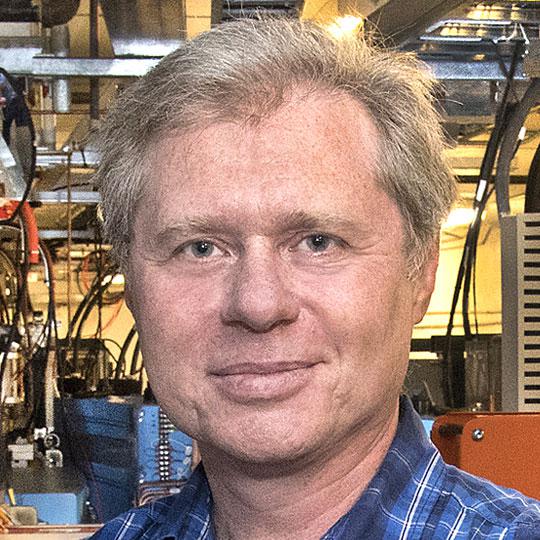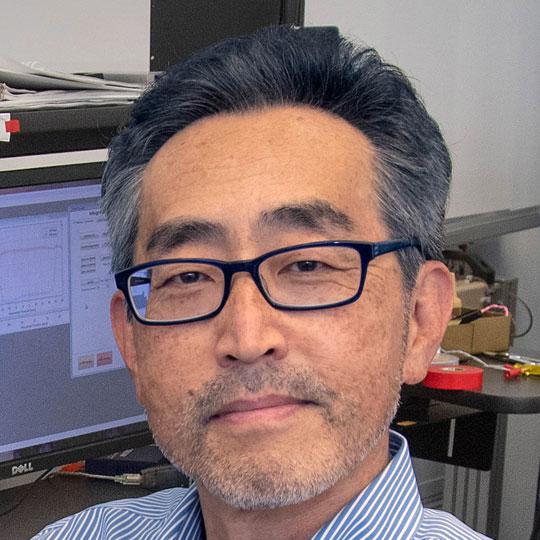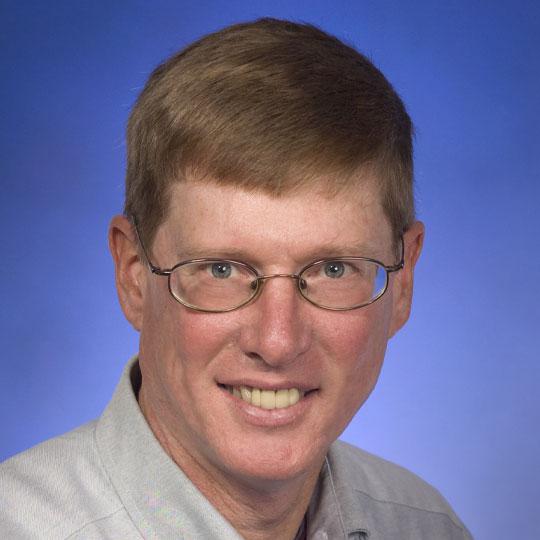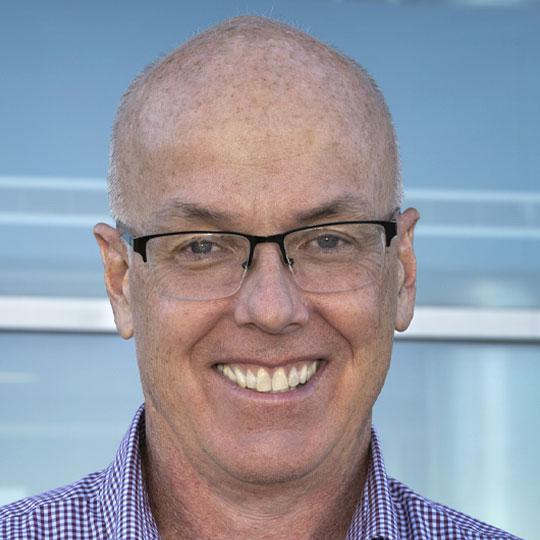
Accelerator
Groups
The NSLS-II Accelerator Division consists of several multi-disciplinary teams that have built, and continue to maintain and upgrade, the accelerator to ensure the best experimental conditions for the cutting-edge research carried out at our facility.
Accelerator Coordination
To ensure that the accelerator is running smoothly, many activities need to be coordinated across various groups of experts within NSLS-II. The Accelerator Coordination Group collaborates with all of these teams to plan activities such as accelerator studies, scheduled experiment time, and maintenance days. Furthermore, they develop many useful tools and processes for operating the accelerator and implement them throughout the entire facility.
-

Guimei Wang
(631) 344-4890, gwang@bnl.gov
Accelerator Physics
To understand a complex machine, such as the NSLS-II accelerator, scientists need to study its behavior. At NSLS-II, the Accelerator Physics Group performs such studies on the electron and photon beams. They compare their experimental results to simulations so that they can continually enhance the performance of the accelerator. Furthermore, they model the various parts of the machine and develop machine controls to enhance the performance and stability of NSLS-II.
Beam Operations
To run a large accelerator, a team of dedicated operators is required. The Beam Operations Group oversees the NSLS-II accelerator, ensuring reliable operations. They carry the great responsibility of monitoring the machine’s behavior. Should they detect any issues, they also play the role of the detective, as they find the cause and call in the experts for further investigation. Beyond running the machine, they also develop the necessary tools and processes to do so.
Diagnostics & Instrumentation
To enable machine operation, the electrons in the accelerator need to be tracked carefully. The Diagnostic and Instrumentation Group at NSLS-II not only maintains a vast array of different sensors that monitor the beam; they also develop new ways of detecting beam quality. They build and maintain essential components, such as a feedback system for the electrons, important safety interlocks, and of course, a broad array of detectors.
Electrical Engineering
To supply power to the electron beam within the NSLS-II accelerator, hundreds of power supplies, cables, and electrical distribution are needed. The Electrical Engineering Group designs, installs, tests, and maintains a broad range of electrical systems so that the machine can run flawlessly, efficiently, and safely. They install new electrical devices while interfacing with the different groups that will use them. One major responsibility for the group is to manage all personnel protection systems at NSLS-II.
-

Hiren Dave
(631) 344-3929, hdave@bnl.gov
Insertion Devices
To generate the ultrabright light necessary for over 20 experiments running each day, NSLS-II uses insertion devices, called undulators and wigglers, that are part of the accelerator complex. The Insertion Devices Group installs and maintains these special devices. In their lab, they measure the various magnetic fields to tune the devices for the best light output according to their calculations.
Mechanical Engineering
To build a facility like NSLS-II, millions of special parts, from refrigerator-sized magnets in the accelerator to miles-long cooling lines, need to come together perfectly. The Mechanical Engineering Group at NSLS-II takes care of the magnets, the cooling system, the shielding, the frontend x-ray components, the alignment of all these components, and more. They procure, make, measure, repair, and install all of the mechanical and magnetic components within the accelerator complex.
-

Lewis Doom
NSLS-II Accelerator Division Mechanical Engineering Group Leader
(631) 344-7583, doom@bnl.gov
Radio Frequency Systems
To keep the electrons running in the accelerator, the beam needs to receive a continuous stream of energy. This supply of energy comes from superconducting cavities. The Radio Frequency Systems Group manages all systems related to the accelerating cavities, such as radio frequency (RF) transmitters, low-level RF systems, and a large cryogenic facility that pumps liquid nitrogen and helium to the cavities. They monitor and study the behavior of their components carefully to ensure the reliability of the accelerator.
Vacuum
To prevent the electrons from scattering in the atmosphere, the beam needs to be kept in a vacuum. It is the job of the Vacuum Group at NSLS-II the maintain a high level of vacuum within the accelerator chambers. They design, manufacture, prepare, install, and repair several hundreds of vacuum devices all around the storage ring. These include pumps, vacuum controls and measurement devices, valves, chambers, and equipment protection systems.










